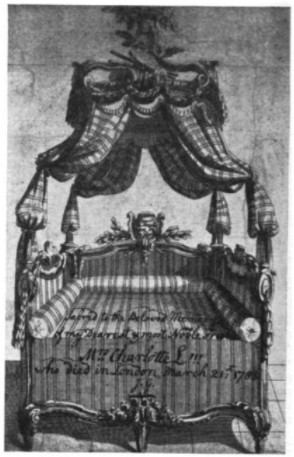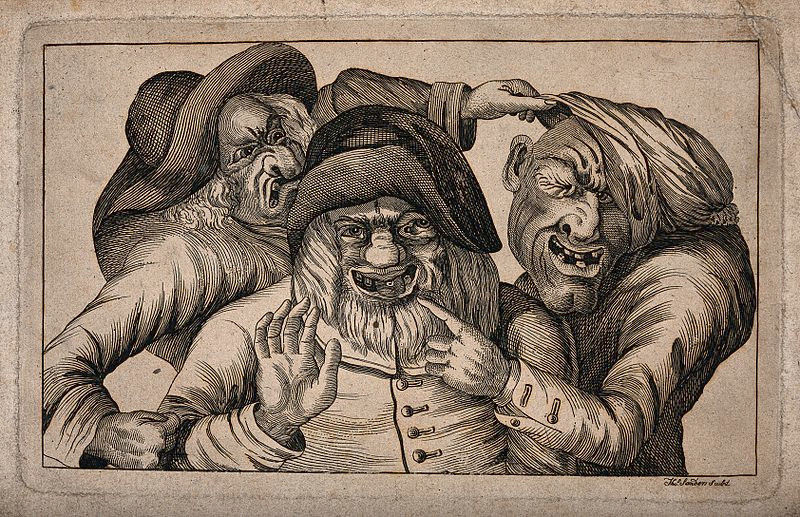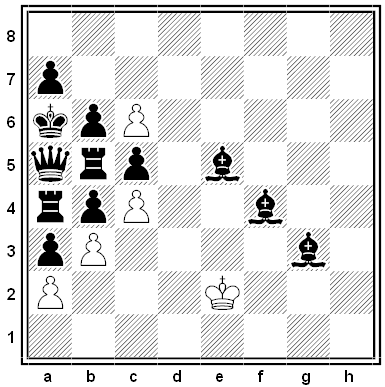The world’s largest vertical maze is the Al Rostamani Maze Tower in Dubai. Designed by Adrian Fisher, it rises 57 stories from the entrance at the bottom to the goal at the top.
The facade of the 12-story car park presents a second maze.
The world’s largest vertical maze is the Al Rostamani Maze Tower in Dubai. Designed by Adrian Fisher, it rises 57 stories from the entrance at the bottom to the goal at the top.
The facade of the 12-story car park presents a second maze.
When Ralf Trylla, environmental commissioner of the small Icelandic fishing village of Ísafjörður, wanted to slow traffic on a narrow street, he took inspiration from a project in New Delhi (below) that imparted a three-dimensional effect to a traditional zebra crossing.
Trylla partnered with street painting company Vegmálun GÍH to create a similar crossing in Ísafjörður, and they’re assessing the effect as they consider whether to apply it to more of the town’s crosswalks.
(Via My Modern Met.)
belua
n. a huge or monstrous creature or beast
pervagate
v. to wander through (a place)
cibation
n. taking food, feeding
epichoric
adj. characteristic of or peculiar to a particular country or district
From October to December, a herd of elephants walks through the lobby of Zambia’s Mfuwe Lodge to reach the fruit of a wild mango tree.
At least three generations of one family has returned to the lodge to visit the tree.

In 1770 Scottish sexologist James Graham moved to America and offered the “celestial bed,” a 12-foot “wonder-working edifice” in which “everything is done to assist the ethereal, magnetic, musical and electric influences, and to make the lady look as lovely as possible in the eyes of her husband and he, in hers”:
“On the utmost summit of the dome are placed two exquisite figures of Cupid and Psyche, with a figure of Hymen behind, with his torch flaming with electrical fire in one hand and with the other, supporting a celestial crown, sparkling over a pair of living turtle doves, on a little bed of roses.
“The other elegant group of figures which sport on the top of the dome, having each of them musical instruments in their hands, which by the most expensive mechanism, breathe forth sound corresponding to their instruments, flutes, guitars, violins, clarinets, trumpets, horns, oboes, kettle drums, etc.
“At the head of the bed appears sparkling with electrical fire a great first commandment: ‘BE FRUITFUL, MULTIPLY AND REPLENISH THE EARTH’. Under that is an elegant sweet-toned organ in front of which is a fine landscape of moving figures, priest and bride’s procession entering the Temple of Hymen.”
For 50 guineas a childless couple could occupy the bed for one night; it would “infallibly produce a genial and happy issue.”
He quickly ran out of money, sold most of his belongings, and decamped back to Edinburgh.
(From Roy Porter, Health for Sale: Quackery in England, 1660-1850, 1989.)
In 1775, an enciphered message was intercepted en route from colonial physician Benjamin Church to a British officer in Boston. Part of the message appears below. What does it say?

P.A. Maas, son of a Viennese publisher, offered this proposal after World War I. “Does anyone really seriously believe that the consequences of the peace negotiations so far have secured eternal peace?” he wrote. “Does anyone really seriously believe that the revenge of the individual peoples has been satisfied by the consequences of the present peace negotiations?”
Instead he proposed to divide the continent into 24 wedge-shaped “Kantons,” each named for a prominent city. These would meet at St. Stephen’s Cathedral in Vienna, center of the new union’s capital, which Maas envisioned as “a large, wide garden city, hygienically designed and expanded.” The Kantons would cut across cultural and ethnic lines and across the old national borders, and each one would include at least two of Europe’s “Nations” — Romans, Germans, Slavs, and Magyars — so that “racial hatred does not prevail as before, but the love of the people prevails.” The three-year presidency would rotate among the Nations, all colonies would be jointly owned, everyone would speak Esperanto, and everyone over 20 (except married women) could vote.
“To many a reader this work may appear as the result of over-excited imagination; someday, though late, the knowledge of truth will gain the upper hand, and perhaps many things which have been stimulated by me here will be realized.”
(From the Cornell University Library.)
In December 1995, puzzlemaster Will Shortz challenged listeners of National Public Radio to write grammatical and understandable sentences that contained the same word four or more times in succession. The greatest number settled on the word will, which lends itself readily to such strings:
Will Will will Will his yacht? (Marianne Stambaugh)
So some got more ambitious:
Of his own free will, will Will will Will Jr. his dog? (Daniel Waldman)
Will, will Will will Will will to continue on? (Jennie Raymond)
The will Will will will Will will will Will to change his behavior. (Karan Talley)
Relatives wonder if the Will Will will will will Will Will Jr. any part of his father’s estate. (Alan Singer)
What will show how much affection Will had for Will? The will Will will will Will will: Will will will Will Will Shakespeare’s will! (Edgar Bley)
The purest entry came both from Jeff and Loni Doyle and from Bill Topazio — it concerns the bequest of G. Gordon Liddy’s 1980 autobiography:
Will Will will Will Will?
(A. Ross Eckler, “When There’s A Will …,” Word Ways 29:3 [August 1996], 151-155.)

Members of the Liverpool Ugly Faces Club, 1745:
Worst, apparently, was merchant Joseph Farmer: “Little eyes, one bigger than ye other, long nose, thin lanthorn jaws, large upper lip, mouth from ear to ear resembling the mouth of a shark. A rotten set of irregular teeth, which are set off to great advantage by frequent laughing. His visage long and narrow. His looks upon the whole, extraordinary haggard, odd, comic, and out of ye way. In short, possessed of every extraordinary qualification to render him ye Phoenix of ye Society, as the like will not appear again this 1000 years.”
The club’s motto was Tetrum ante omnia vultum, “Before all things, an ugly face.”
(From the Liverpool Mercury, Sept. 29, 1887.)

Physicist Roger Penrose devised this problem in 2017 to illustrate the difference between artificial and human intelligence. James Tagg, leader of the Penrose Institute, told the Telegraph, “A human looking at it for a short while will ‘see’ what white must, and more particularly, must not do, and use very little energy to decide this. But, for a computer, the puzzle requires an enormous number of calculations, far too many for even today’s supercomputers.” What is White’s insight?